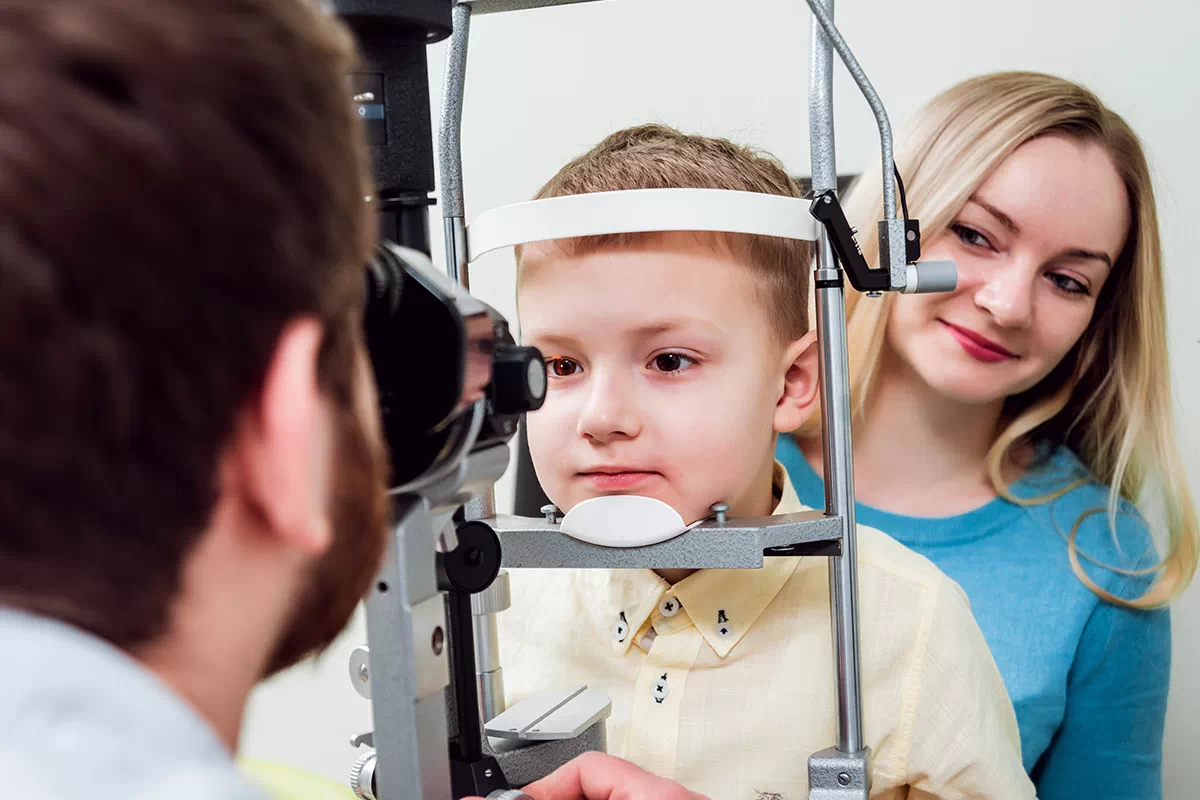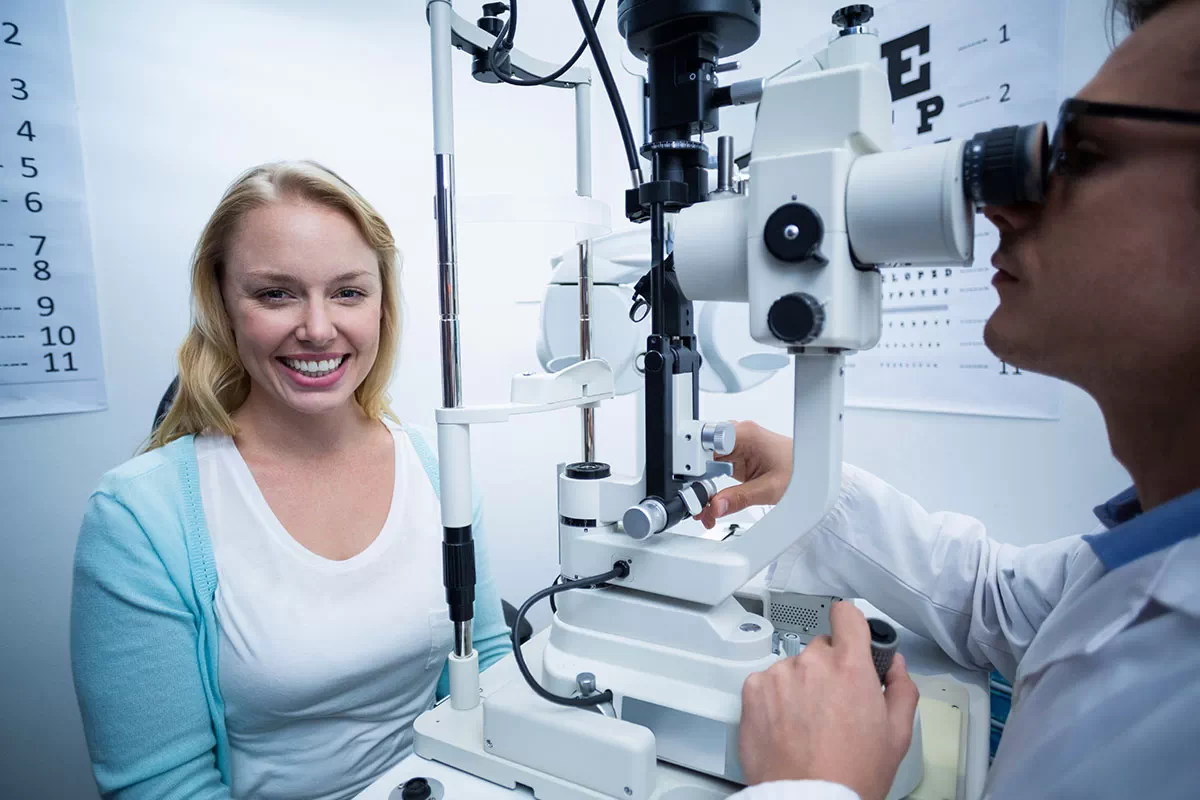Prof. Dr. Suhail Sarwar
What is CXL?
Corneal cross-linking, also abbreviated as (CXL) is a surgical procedure that is used to treat keratoconus and other corneal disorders in Pakistan. Before going deeper into CXL, you must know about keratoconus!
Keratoconus is a progressive eye disorder in which the normally round, dome-shaped cornea becomes thin and cone-shaped and bulges out a little.
There are several possible causes of keratoconus which are as follows:
- Genetic predisposition
- Prolonged exposure to ultraviolet (UV) light
- Prolonged eye injuries or diseases.
The goal of the cxl surgery is to strengthen the cornea and prevent further progression of the condition.
The CXL eye treatment in Lahore involves the application of a riboflavin solution to the cornea. It is then followed by exposure to ultraviolet light.
This process creates new cross-links between the collagen fibers in the cornea, which helps to strengthen the tissue and prevent further progression of the condition.
What are the possible causes of cornea disorders?
As mentioned earlier, keratoconus is a condition in which the cornea (the outermost layer of the eye) becomes thin and cone-shaped.
Here’s what you need to know! It is caused by a breakdown in the normal structure of the collagen in the cornea. This can cause the cornea to become weak and distorted.
There are several OTHER possible causes of keratoconus, which require CXL eye surgery as a treatment. These potential causes include genetics, eye rubbing, and certain illnesses.
Keratoconus usually affects both eyes, although one eye may be more affected than the other.
There is no known single cause of keratoconus in Pakistan, but it appears to be a combination of genetic and environmental factors.
What are the Signs and Symptoms of needing CXL eye surgery?
- Progressive thinning of the cornea occurs
- Corneal bulging appears
- Increased sensitivity to light occurs
- Blurred or distorted vision starts to happen
- Worsening of myopia/ hyper myopia or astigmatism occurs
- Corneal ectasia after refractive surgery mainly after LASIK
- Corneal scarring.
- Corneal degeneration.
- Corneal dystrophy.
















